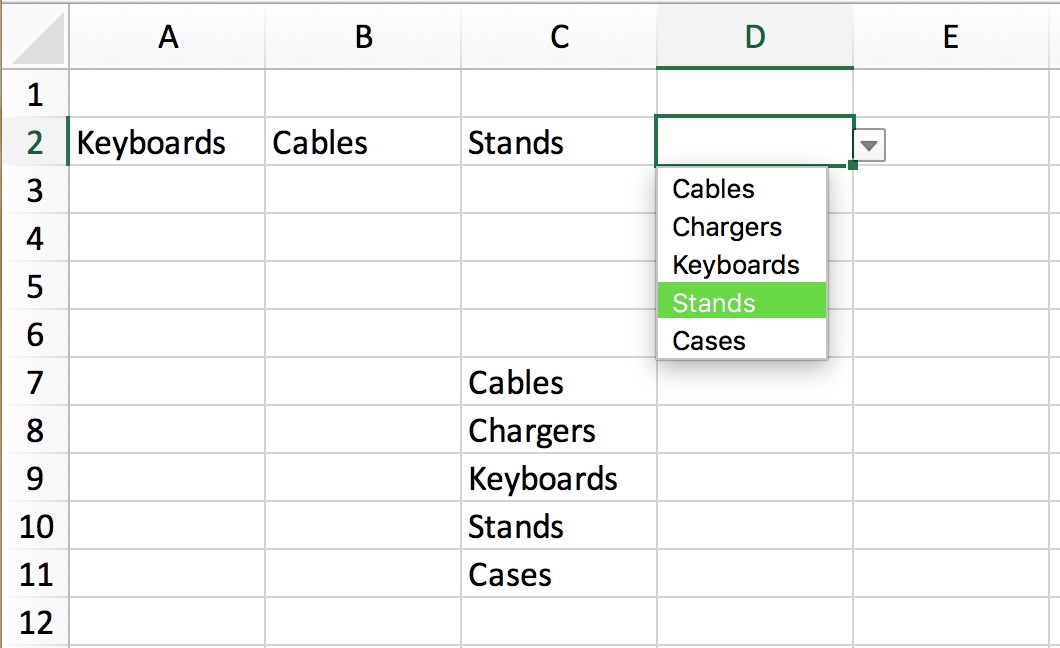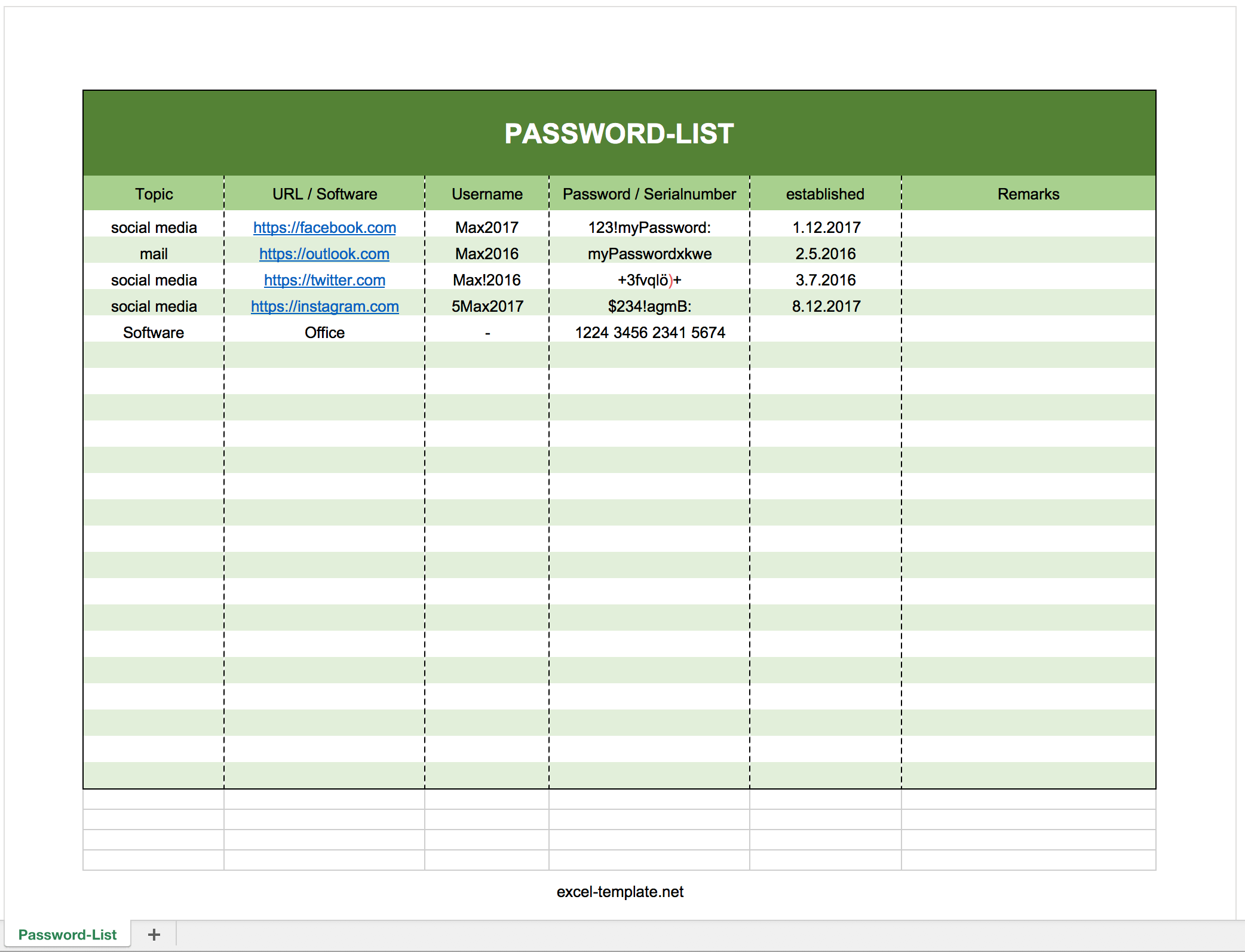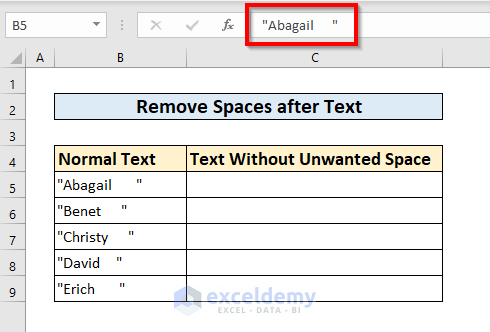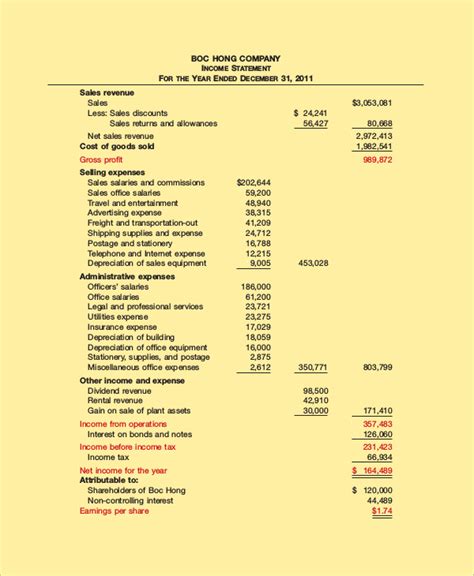The Ultimate Guide: 60-Day Challenge
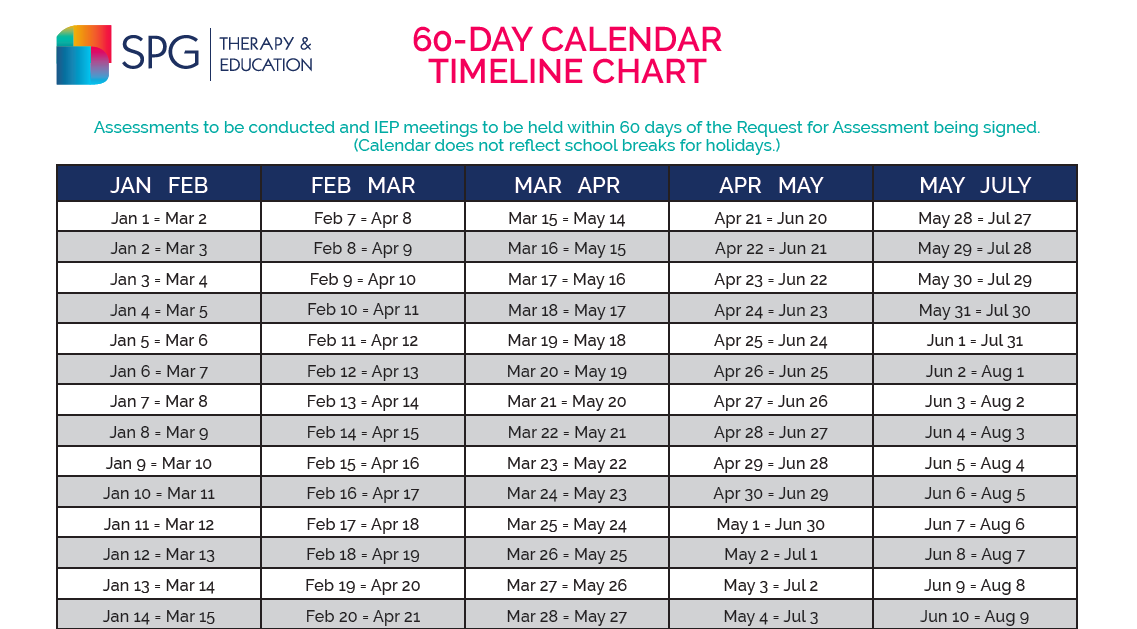
Embarking on a fitness journey is an exciting endeavor, and a 60-day challenge can be an incredible way to kickstart your health and wellness transformation. In this comprehensive guide, we'll dive into the world of fitness challenges, specifically focusing on the intense and rewarding 60-day journey. From setting realistic goals to sustaining motivation, and from mastering effective workout routines to nourishing your body with the right nutrition, we'll cover every aspect to ensure your success.
Setting Realistic Goals: The Foundation of Success
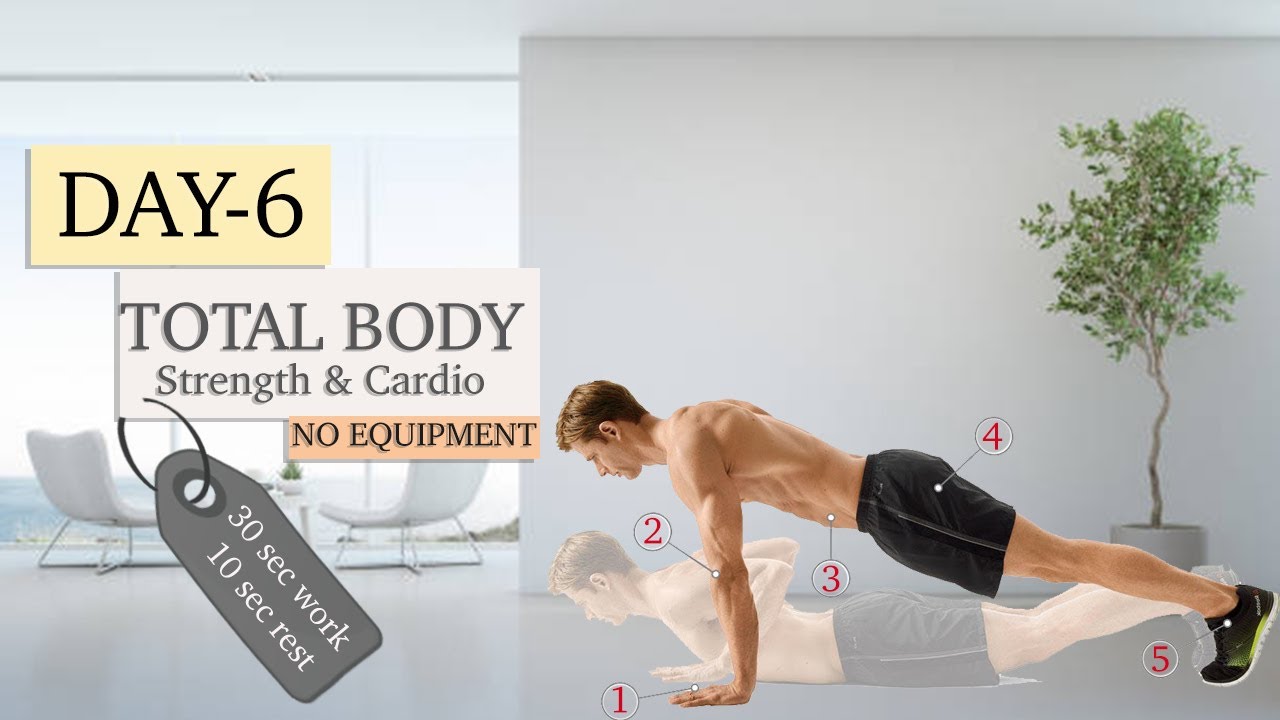
A 60-day fitness challenge is an ambitious undertaking, but setting achievable goals is crucial to stay motivated and on track. Here’s how you can set realistic yet challenging goals:
- Define Your Fitness Goals: Whether it’s losing weight, building muscle, improving endurance, or enhancing overall fitness, clearly define your objectives. Set specific targets, such as losing 10 pounds or running a 5K in under 30 minutes.
- Break It Down: Divide your primary goal into smaller, weekly milestones. This not only makes the challenge more manageable but also provides regular opportunities for celebration and motivation.
- Consider Your Current Fitness Level: Be honest about where you’re starting from. Setting goals that are too aggressive can lead to burnout or injury. Gradually increasing the intensity and duration of your workouts is a sustainable approach.
- Create a Workout Plan: Consult with a fitness professional or use reputable online resources to design a customized workout plan that aligns with your goals and fitness level. Ensure it includes a variety of exercises to keep you engaged.
The Power of Consistency and Flexibility
Consistency is key to achieving results, but flexibility is equally important. Here’s why:
- Consistency in Workouts: Aim for a consistent workout schedule, ideally 3-5 days a week. Find a routine that fits your lifestyle and stick to it. Consistency builds discipline and helps your body adapt to the challenges you’re presenting it with.
- Flexibility in Approach: Life happens, and sometimes plans need to be adjusted. Don’t beat yourself up if you miss a workout or have to modify your routine. Flexibility allows you to adapt and stay committed to your overall goal.
- Find a Sustainable Balance: Strive for a balance between pushing yourself and listening to your body. Overdoing it can lead to fatigue and potential injuries. Embrace rest days and active recovery to ensure your body can recover and rebuild.
Mastering the Workout: A Comprehensive Guide

Your workout routine is the cornerstone of your 60-day challenge. Here’s a detailed breakdown of what an effective routine might look like:
Cardio and Endurance Training
Cardiovascular exercises are essential for improving heart health, boosting endurance, and burning calories. Here are some options to consider:
- Running: Whether it’s outdoor jogging or treadmill sprints, running is a classic cardio workout. Start with shorter distances and gradually increase the duration or intensity.
- Cycling: Cycling is low-impact and can be done indoors or outdoors. It’s an excellent way to build leg strength and improve cardiovascular endurance.
- High-Intensity Interval Training (HIIT): HIIT workouts involve short bursts of intense exercise followed by brief recovery periods. This approach maximizes calorie burn and improves cardiovascular fitness.
- Swimming: Swimming is a full-body workout that engages multiple muscle groups while being gentle on the joints. It’s an excellent option for those with joint issues or those looking for a refreshing workout.
Strength Training for Muscle Gain
Strength training is crucial for building and toning muscles, increasing bone density, and boosting metabolism. Here’s how to incorporate it into your routine:
- Bodyweight Exercises: Start with basic bodyweight exercises like push-ups, pull-ups, squats, and lunges. These exercises engage multiple muscle groups and can be adapted to various fitness levels.
- Free Weights and Machines: Once you’ve built a solid foundation, incorporate free weights and resistance machines into your routine. This allows for targeted muscle group training and progressive overload.
- Repetition and Set Counts: Aim for 3-4 sets of 8-12 repetitions for each exercise. Gradually increase the weight or resistance as you get stronger to continue challenging your muscles.
Flexibility and Mobility Training
Flexibility and mobility exercises are often overlooked but are crucial for injury prevention and overall wellness. Here’s why they matter:
- Stretching: Incorporate dynamic stretches before your workouts to warm up your muscles and improve flexibility. After your workouts, perform static stretches to help your muscles recover and maintain their range of motion.
- Yoga and Pilates: Yoga and Pilates are excellent forms of flexibility and core-strengthening exercises. They improve balance, posture, and overall body awareness. Consider incorporating yoga or Pilates sessions into your weekly routine.
- Mobility Work: Mobility exercises focus on improving joint mobility and range of motion. Incorporate exercises like hip openers, shoulder dislocations, and thoracic spine mobility drills to enhance your overall movement capabilities.
Nutrition: Fueling Your Fitness Journey
Nutrition plays a pivotal role in your fitness transformation. Here’s how to ensure you’re nourishing your body effectively:
The Basics of Healthy Eating
- Balanced Diet: Aim for a diet that includes a variety of whole foods from all food groups. This includes lean proteins, complex carbohydrates, healthy fats, fruits, vegetables, and sufficient water intake.
- Portion Control: Be mindful of your portion sizes. Eating too much, even healthy foods, can hinder your progress. Listen to your body’s hunger cues and stop eating when you’re satisfied, not stuffed.
- Meal Planning: Plan your meals in advance to ensure you’re making healthy choices. Stock your kitchen with nutritious ingredients and prepare meals in bulk to make healthy eating convenient.
The Role of Macronutrients
Macronutrients (macros) - proteins, carbohydrates, and fats - are the building blocks of a healthy diet. Here’s how to ensure you’re getting the right balance:
| Macronutrient | Role | Sources |
|---|---|---|
| Protein | Essential for muscle growth and repair. Aim for 0.8-1.2g/kg of body weight daily. | Lean meats, fish, eggs, dairy, legumes, nuts, and seeds. |
| Carbohydrates | Provide energy for workouts. Choose complex carbs for sustained energy. | Whole grains, legumes, starchy vegetables, and fruits. |
| Fats | Crucial for hormone production and nutrient absorption. Focus on healthy fats. | Avocados, nuts, seeds, olive oil, and fatty fish like salmon. |
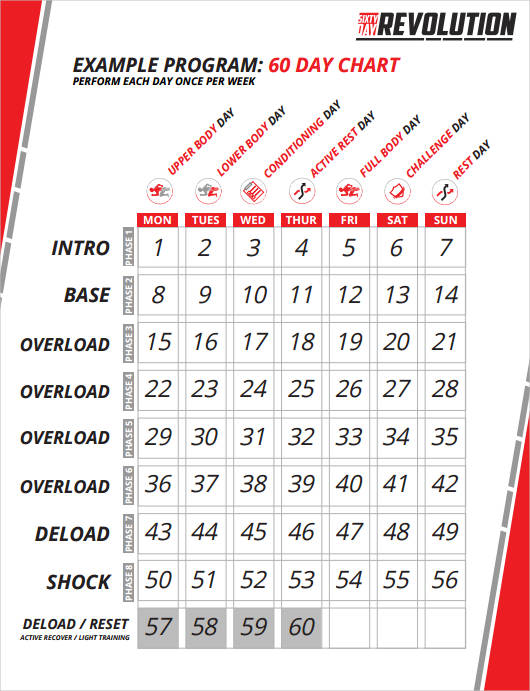
Meal Timing and Frequency
When and how often you eat can impact your energy levels and muscle recovery. Here are some guidelines:
- Breakfast: Start your day with a balanced breakfast that includes protein and complex carbs. This fuels your body and jumpstarts your metabolism.
- Meal Frequency: Aim for 3-5 meals per day, spaced evenly throughout the day. This helps maintain stable blood sugar levels and keeps your metabolism active.
- Pre- and Post-Workout Meals: Eat a balanced meal or snack 1-2 hours before your workout to provide energy. After your workout, consume a protein-rich meal to support muscle recovery.
Staying Motivated: The Key to Long-Term Success
Motivation is the fuel that keeps you going, especially during challenging times. Here are some strategies to stay motivated throughout your 60-day journey:
- Set Milestones and Celebrate Achievements: Break your primary goal into smaller milestones and celebrate each achievement. This positive reinforcement keeps you motivated and provides a sense of accomplishment.
- Find an Accountability Partner: Having someone to share your journey with can be incredibly motivating. Find a friend or join a fitness community where you can support and encourage each other.
- Vary Your Workouts: Avoid workout monotony by incorporating variety. Try different exercise modalities, join group fitness classes, or explore outdoor activities like hiking or cycling.
- Visualize Your Success: Take time to visualize your goals and how achieving them will positively impact your life. Visualization is a powerful tool to keep you focused and inspired.
- Keep a Fitness Journal: Document your workouts, progress, and reflections in a journal. This helps you track your improvements and serves as a reminder of your dedication and accomplishments.
Frequently Asked Questions
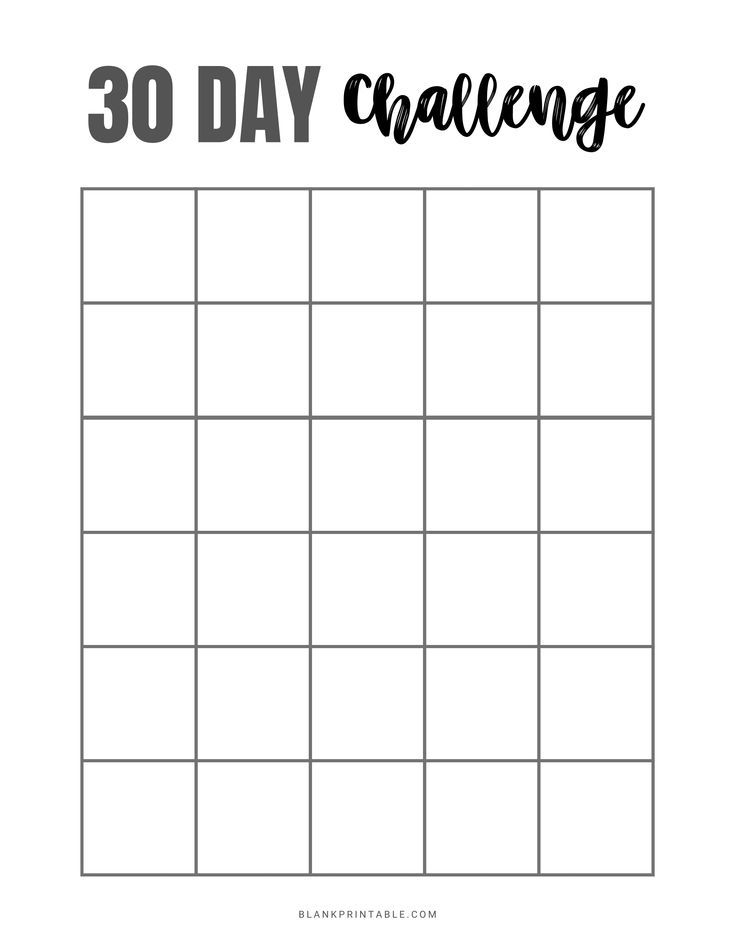
How often should I weigh myself during the challenge?
+It’s recommended to weigh yourself once a week, typically in the morning after using the bathroom and before eating. This provides a consistent measurement and helps track your progress without becoming obsessed with daily fluctuations.
Can I still enjoy my favorite foods during the challenge?
+Absolutely! The key is moderation. Enjoy your favorite treats in smaller portions as an occasional indulgence. Focus on creating a balanced diet most of the time to ensure you’re getting the nutrients your body needs.
What if I have a busy schedule and can’t commit to a full workout every day?
+It’s understandable that life can get busy. Focus on consistency and aim for shorter, more intense workouts when time is limited. Even a 20-minute HIIT session or a brisk walk can make a difference. Consistency is more important than duration when it comes to fitness.
How do I know if I’m pushing myself enough during workouts?
+Listen to your body and aim for a challenge that’s appropriate for your fitness level. You should feel a good level of exertion during your workouts, but not to the point of exhaustion or injury. Gradually increase the intensity as you build strength and endurance.
